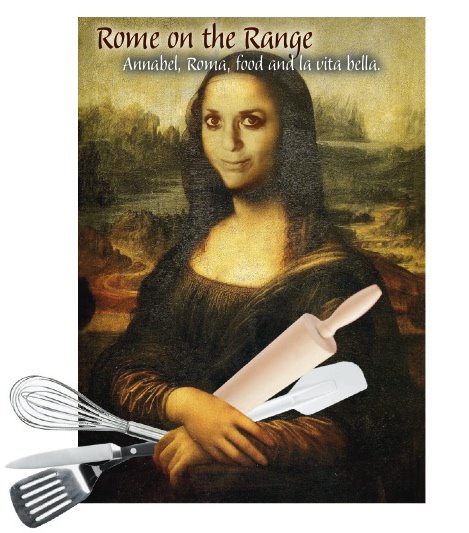
Before my lethal injection, I want pasta. Lots of pasta with as much bolognese I can stuff down. (I also want pizza and ice cream, but that's another story).
Every day at Cantina del Vecchio there was a pasta meal. Working in a kitchen for 10 hours a day, you eat a lot, except when you're busy (which is a lot). Before each meal rush, there was a staff or family meal. Usually the chef would ask a pretty waitress what she wanted to eat that day or our glorious leaders (Allan, usually) would have a special request, which we would also get to sample. In general, however, it was pasta in one form or another.
In bad American restaurants, pasta is often cooked ahead and dropped quickly into boiling water to heat up. In bad homes it's cooked, then rinsed under cold water (heaven help me), before it's warmed in the microwave oven.
It Italy, pasta is not only an art in its ingredients and preparation. It's practically religious in it's regulations on correctness of cooking and serving. This I learned my first day on the job.
At the far end of the line, beyond the giant stove, there was an metal vat. A metal tub really, filled each day with fresh water and a handful of salt. In this water metal baskets perched, ready to accept fresh pasta (pasta fresca) or dry (pasta secca). The boiler is industrial in a restaurant kitchen -- imagine a deep fryer, but for water).
The water came to a boil and there it raged until closing. First the water was clear, our family meal had the first fresh water -- good, thought I. As the day progressed, the water became thick and white from the floury pasta. Better, learned I as the days passed.
As pasta water becomes affected by the pasta cooked in it, it becomes not just a vehicle for cooking, but an ingredient. The cloudy water was added to pasta sauces (it made the sauces creamier), added to soups for thinning to heat and added to just about anything needing it (it's something you know instinctively just by being Italian, I think). Ladlefuls of this murky half-liquid are added -- it is an assumption -- not written or described in any recipe.
Using new water to cook pasta is a concession. Water has to be new sometime. But that old water (really middle-aged) is the best for pasta perfection. There's a point when the water becomes over-the-hill -- when it's super starchy thick, at 11:00 at night, it's time to close shop). It's hard to cook pasta in lava.
The cleaning of the pasta cooker was the de facto end of the working night. When we could turn off that monster, dip pots in to remove the heavy liquid and lift the still hot water liners, we knew the end was near. That's when exhaustion turned into a last burst of energy because no one could leave until that kitchen was clean.
At home, when I cook pasta, I have to use clean water. Pity. I know that at least five pounds of pasta cooked in the same pot (a pound at a time) and my water is only now perfect. Alas, unless I'm cooking for the masses, I don't have a choice. If only I could bottle that used water for later use...


No comments:
Post a Comment